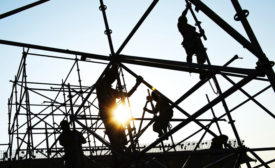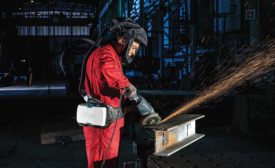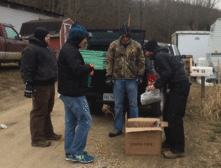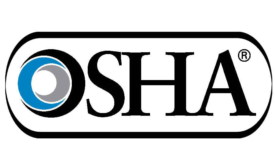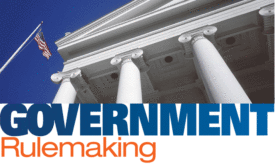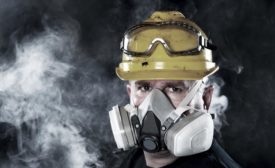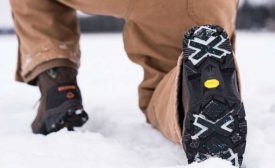PPE
Brass Knuckle® outfits flood recovery efforts
Provides protective wear to WV flood victims, volunteers
January 12, 2017
OSHA’s interpretation of facial hair and respirator fit
From a 2016 OSHA Letter of Interpretation:
January 10, 2017
OSHA wants to amend respiratory protection standard
Makes bid to add two more fit-testing protocols
January 10, 2017
Never miss the latest news and trends driving the safety industry
eNewsletter | Website | eMagazine
JOIN TODAYCopyright ©2024. All Rights Reserved BNP Media.
Design, CMS, Hosting & Web Development :: ePublishing
